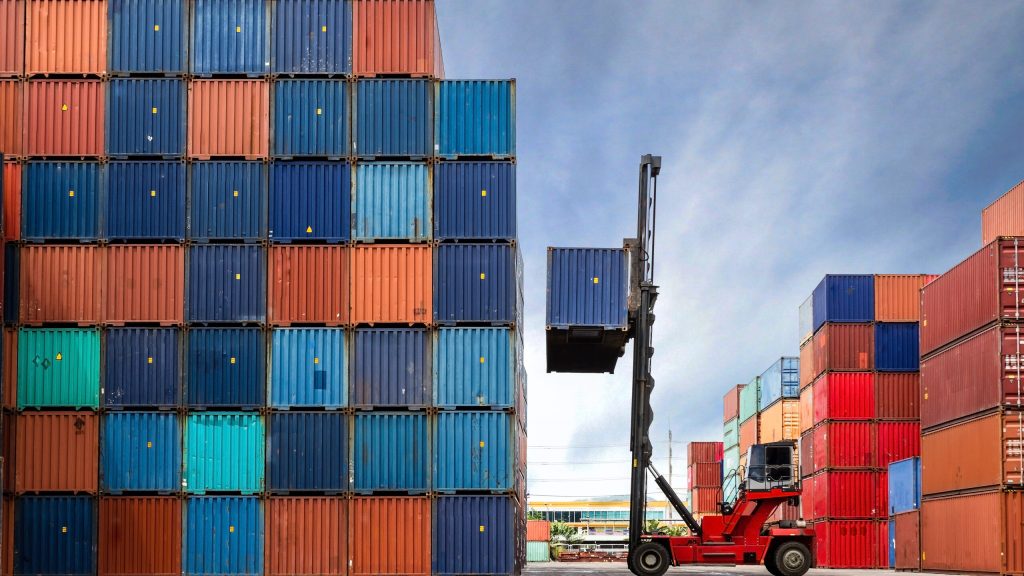Canadian inflation in August an unexpectedly weak 1.1% amid lower fuel prices
Posted September 23, 2016 8:52 am.
Last Updated September 23, 2016 9:00 am.
This article is more than 5 years old.
The country’s annual inflation rate was an unexpectedly low 1.1 per cent in August as lower fuel prices dragged it to the lower reaches of the Bank of Canada’s target range.
Statistics Canada’s latest reading of the consumer price index was weaker than the 1.3 per cent year-over-year increase in July, as the number neared the fringe of the central bank’s ideal range of one to three per cent.
Economists had expected inflation to ring in at 1.4 per cent in August, according to Thomson Reuters.
Statistics Canada said prices rose in most major categories compared with a year earlier – with the cost of electricity, air transportation and passenger vehicles contributing the biggest upward pushes to the overall inflation rate.
A closer look at last month’s numbers revealed Canadians paid 14.5 per cent more for apples compared with a year earlier, 9.3 per cent more for fresh or frozen fish and 5.3 per cent more for cigarettes.
But increases like those were offset by lower prices for items like gasoline, which dropped 11.5 per cent, fuel oil, which fell 11.8 per cent and natural gas, which slid 9.9 per cent.
The Bank of Canada’s core inflation rate, which omits some volatile items like gasoline, was 1.8 per cent last month after hitting 2.1 per cent in July.
Related stories:
Canadian economy shrinks in second quarter, worst since 2009 financial crisis
Bank of Canada raises concerns about economy, holds interest rate at 0.5%
Canadian job market bounces back in August after big drop
Statistics Canada also released fresh retail trade numbers Friday that showed total sales slipped 0.1 per cent in July, compared with the previous month. Total retail sales in July were just over $44.1 billion.
The July decline was registered the same month that the federal Liberal government distributed cheques to families under its revamped child benefit plan.
Revised figures showed that month-over-month retail sales were essentially flat in May and June after rising 0.8 per cent in April.
However, the agency said retail sales increased 0.2 per cent in July when gas stations were excluded. After removing price changes, it found sales were up 0.3 per cent.
The report said gas station sales saw their first drop in four months with a three per cent decline in July. The data also showed that sales fell 1.4 per cent at furniture and home furnishings stores, while motor vehicle and parts dealers saw a 0.2 per cent decrease – their fourth decrease in five months.
On the other hand, Statistics Canada found that sales at clothing and clothing accessories stores rose 1.6 per cent in July, while building materials and garden equipment dealers saw an increase of 1.5 per cent.
Across Canada, the numbers showed that retail sales fell in six provinces in July. The 6.9 per cent decline in New Brunswick and the 6.2 per cent drop in Newfoundland and Labrador in July coincided with increases in harmonized sales tax in both regions.










